In 2022 CLARISSA worked with 45 children between the ages of 12 and 17 in Kathmandu and Dhaka to explore how they navigate their day-to-day lives.
From when they wake to when they go to bed, the children and researchers combined the use of GIS (Geographic Information System) mapping, mini-surveys and observational data to document their experiences in their homes, workplaces and neighbourhoods.
Read about the day in the life of a working child.
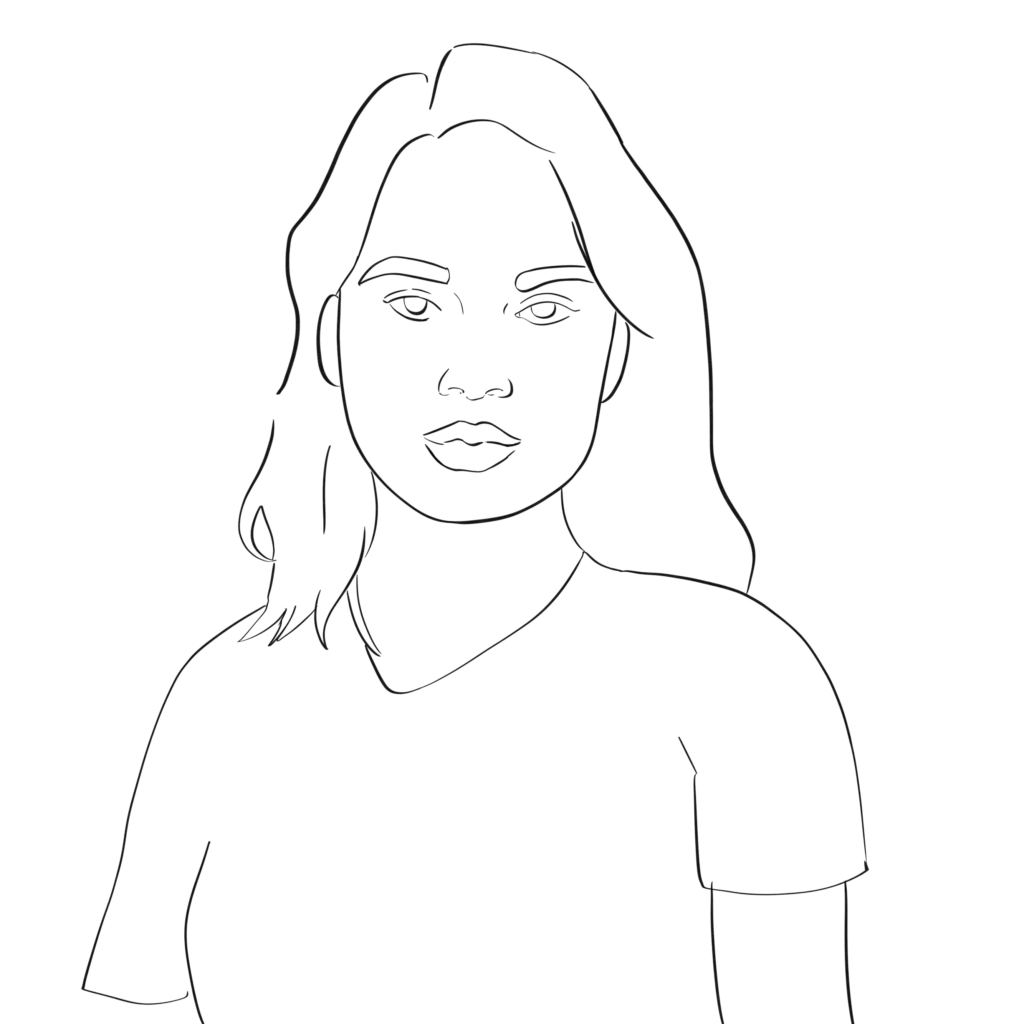
Rama, 17, supports her family by working as a beautician in the daytime and as a dancer in a dance bar at night.

Supriya, 16, works in a party palace (party venue) from 5pm until midnight.
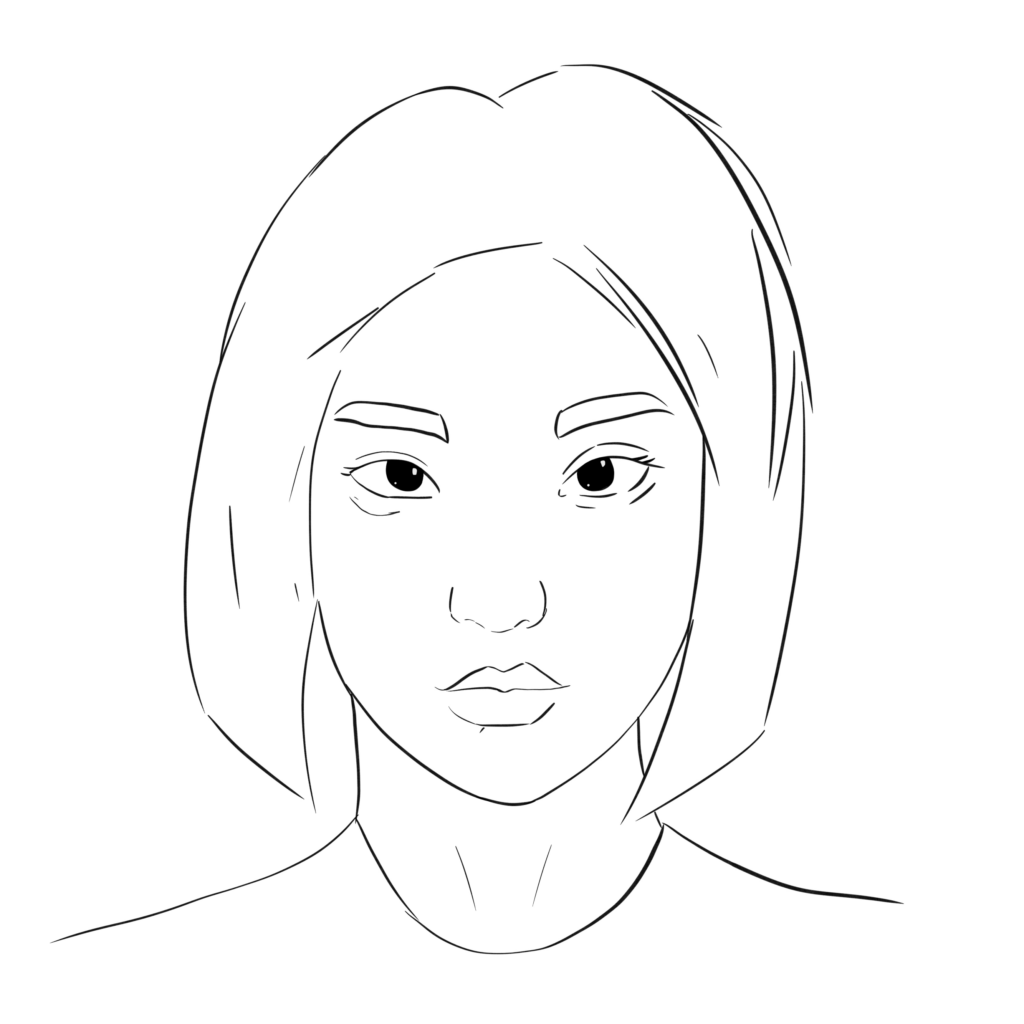
Pema, 15, works in events catering in the afternoons and evenings, after going to college in the morning.
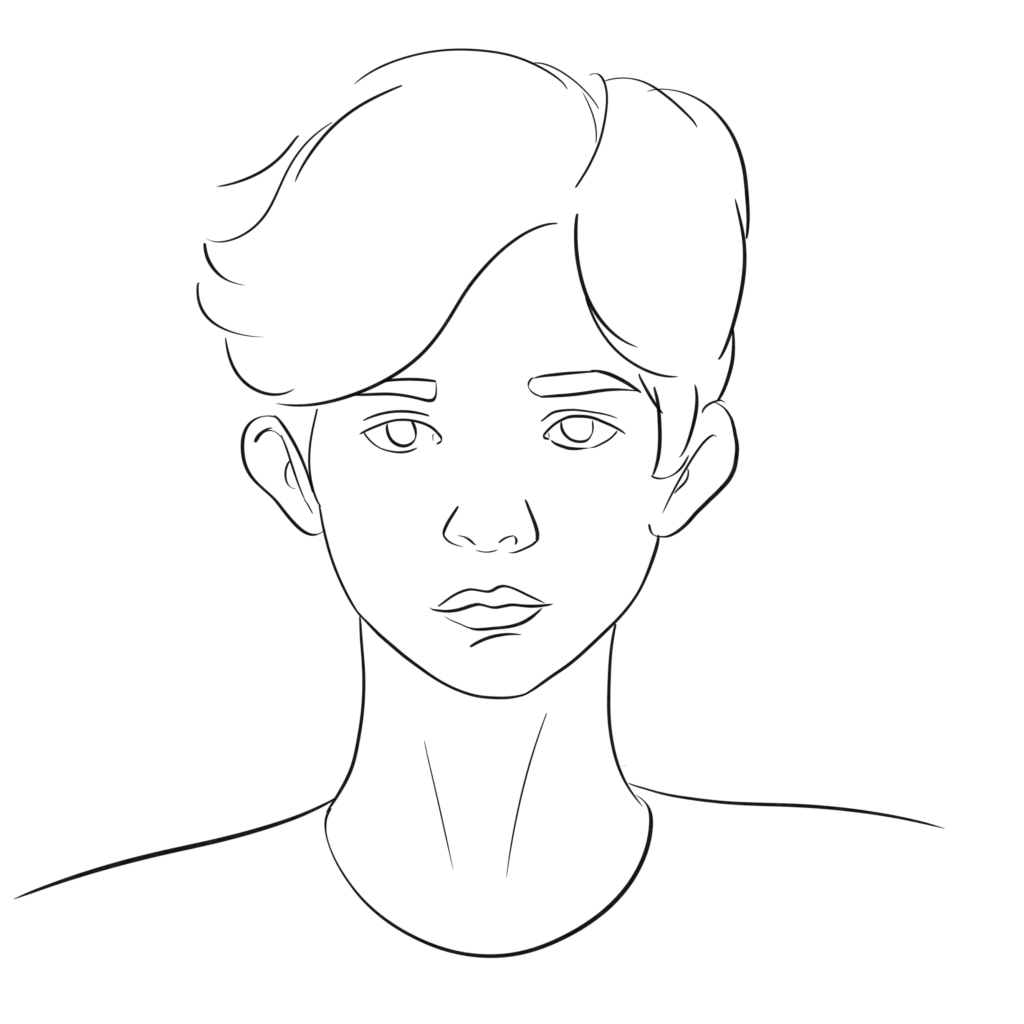
Khem, 17, has worked for a relative in a khaja ghar (small eatery) since he was ten years old.
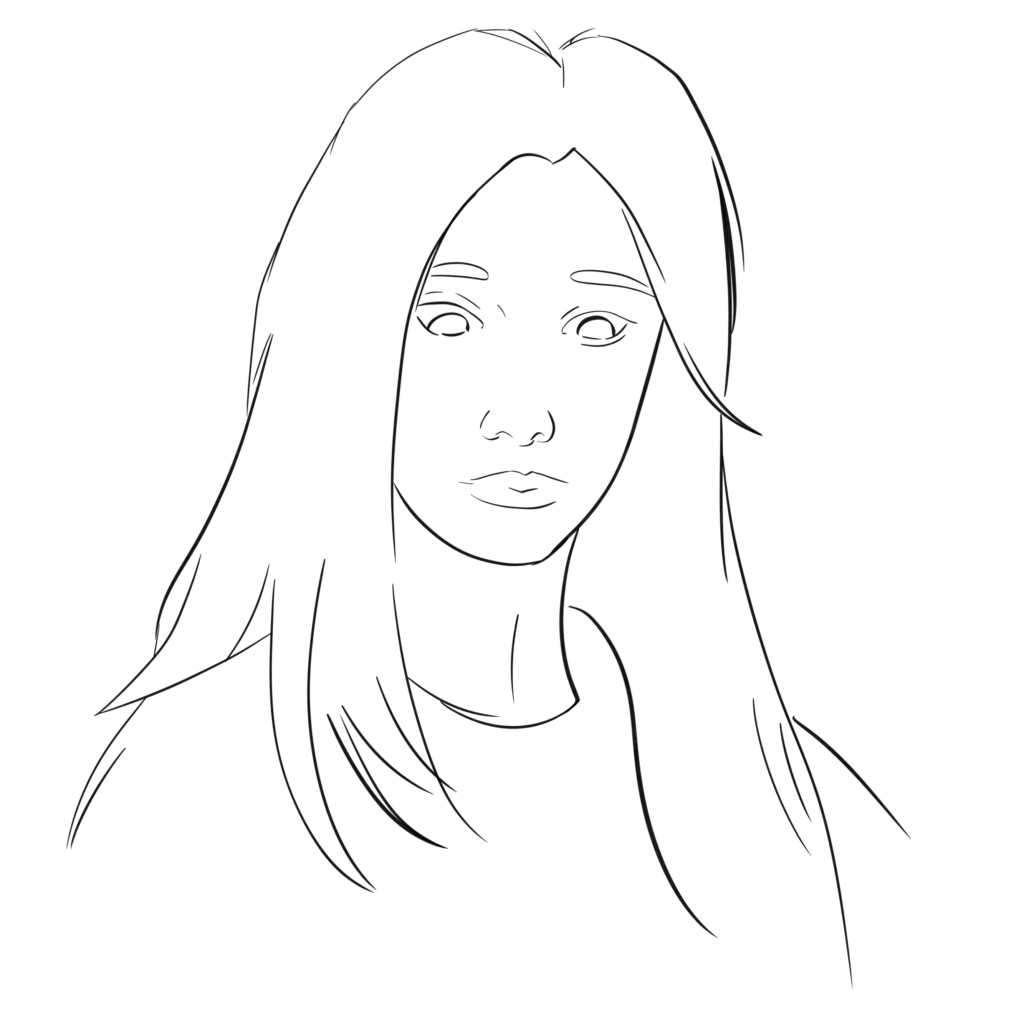
Arpita, 16, works in a massage and spa venue.
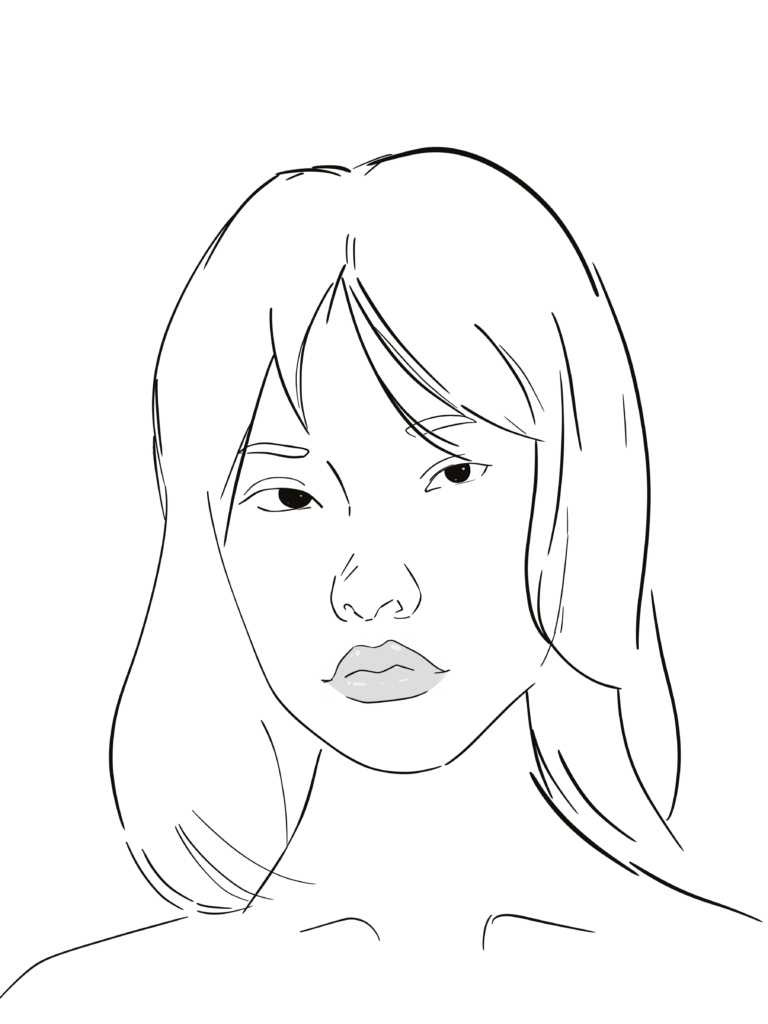
Sushma, 17, works ten hours a day at a massage and spa venue.
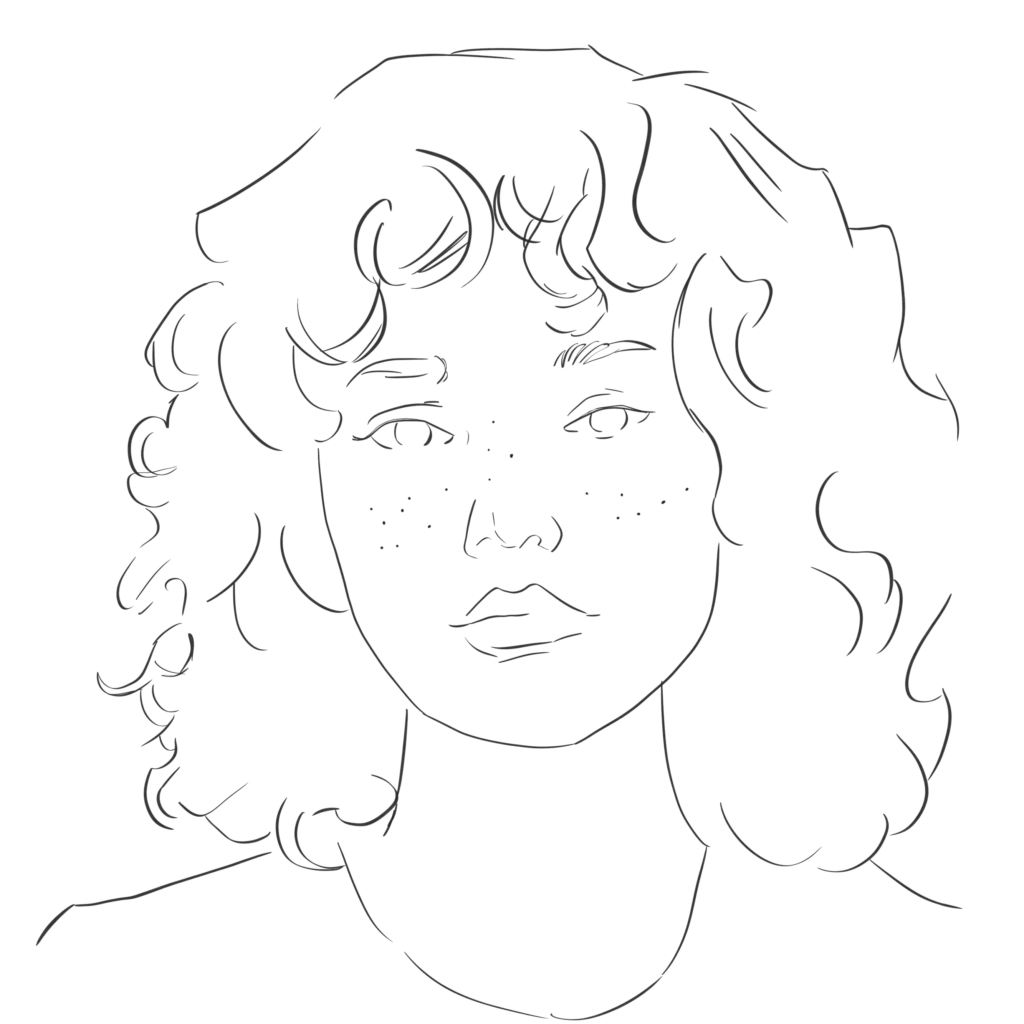
Nisha, 16, works in her family’s khaja ghar (informal eatery) in Kathmandu.
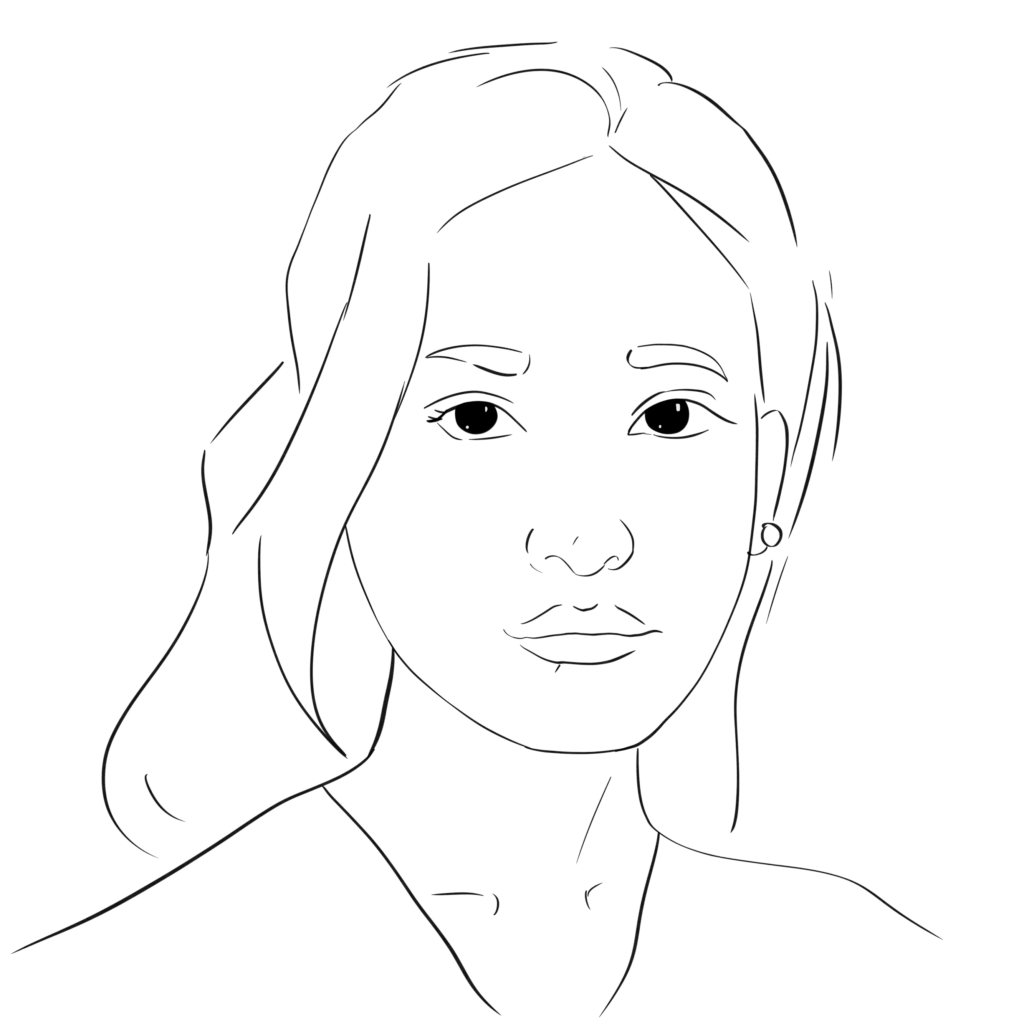
Rinku, 15, has worked in a dance bar since she was 12.

Mona, 17, works in a dance bar from the early afternoon into the night. She has worked there since she was 12.
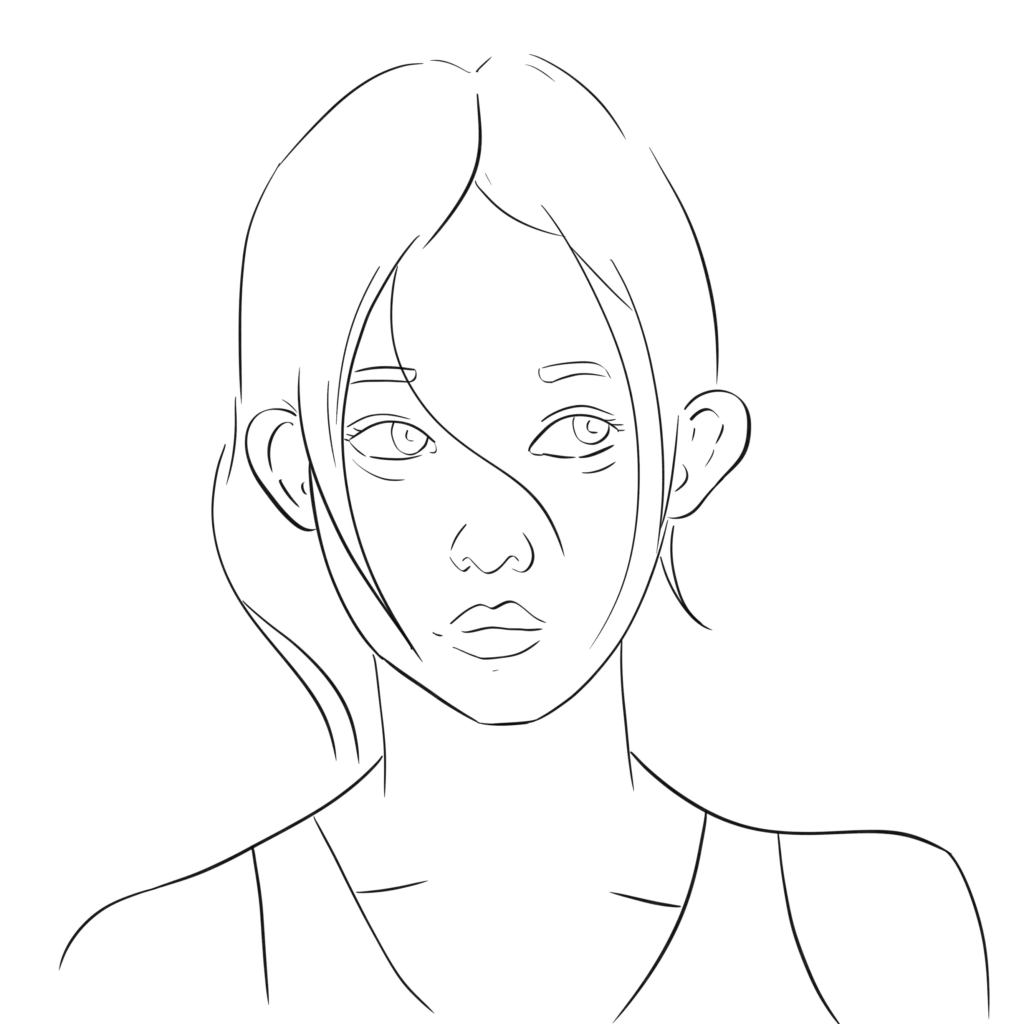
Simi, 17, works in a massage and spa venue in the Thamel area of Kathmandu and is a single mother to a three-year-old.
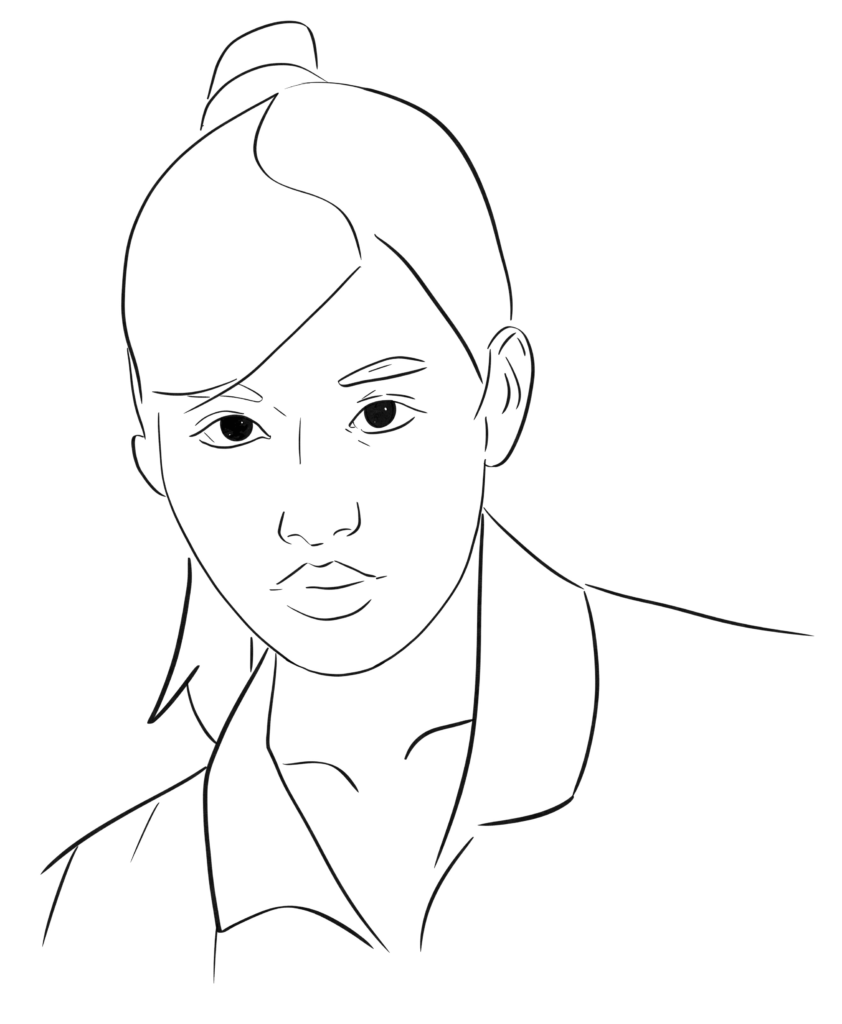
Bidisha, 17, goes to school in the morning and then works for 10 hours a day in her family’s khaja ghar (small eatery).
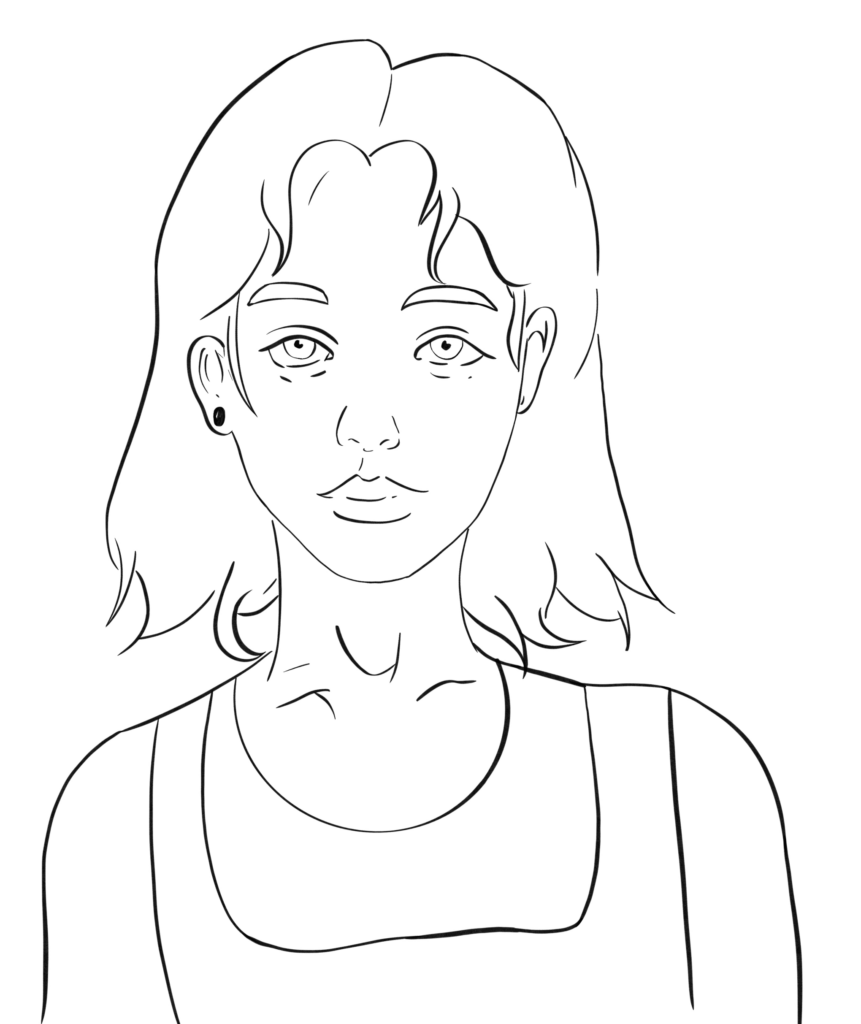
Samita, 14, works 12 hours a day in a massage and spa venue in Kathmandu.
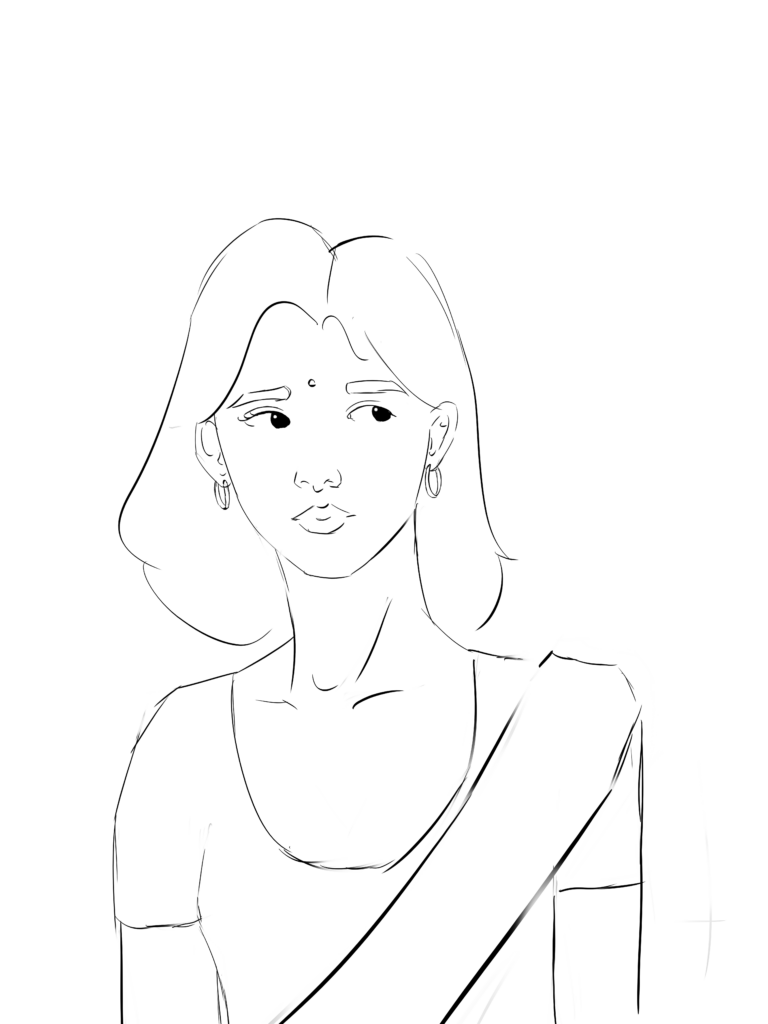
Megha, 16, works all day and then again in the evening undertaking different singing and entertainment jobs.
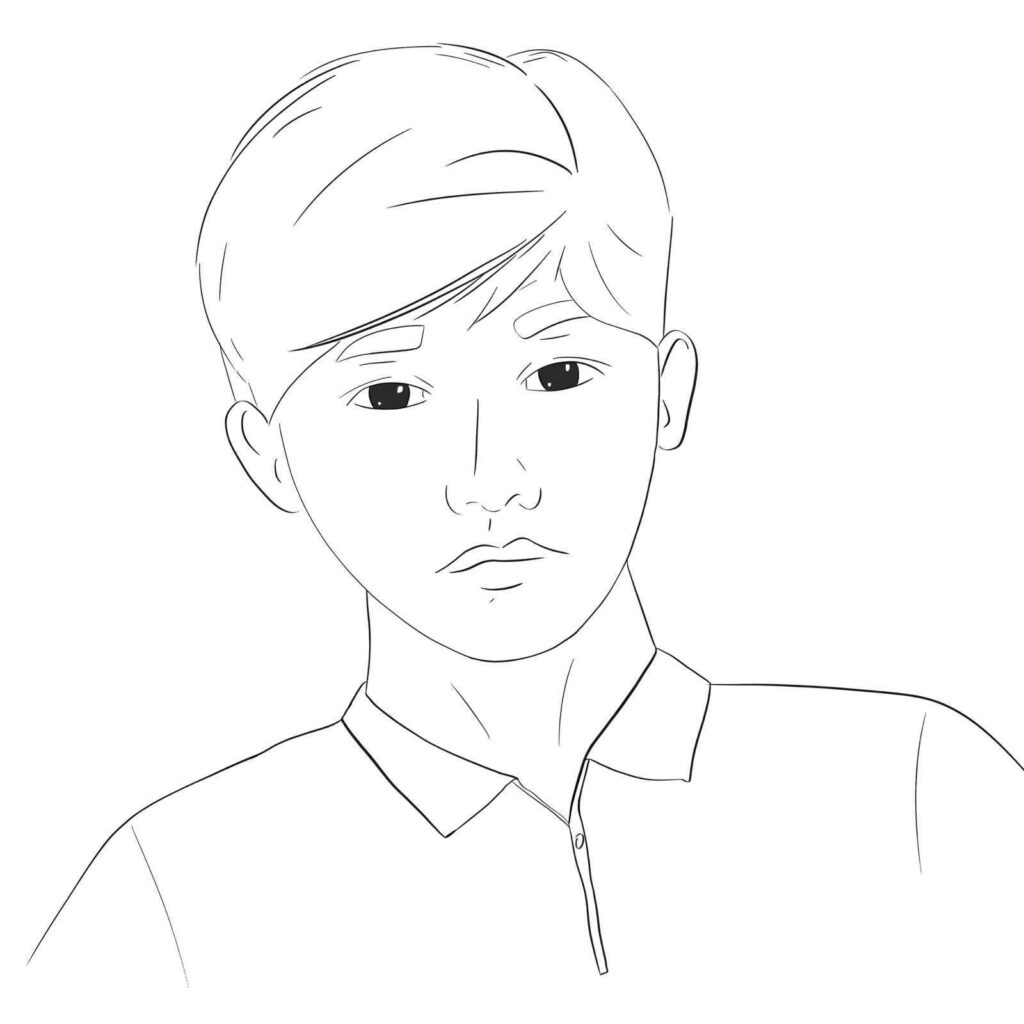
Batsa, 16, goes to school in the day then works late into the night in the kitchen of a dohori.
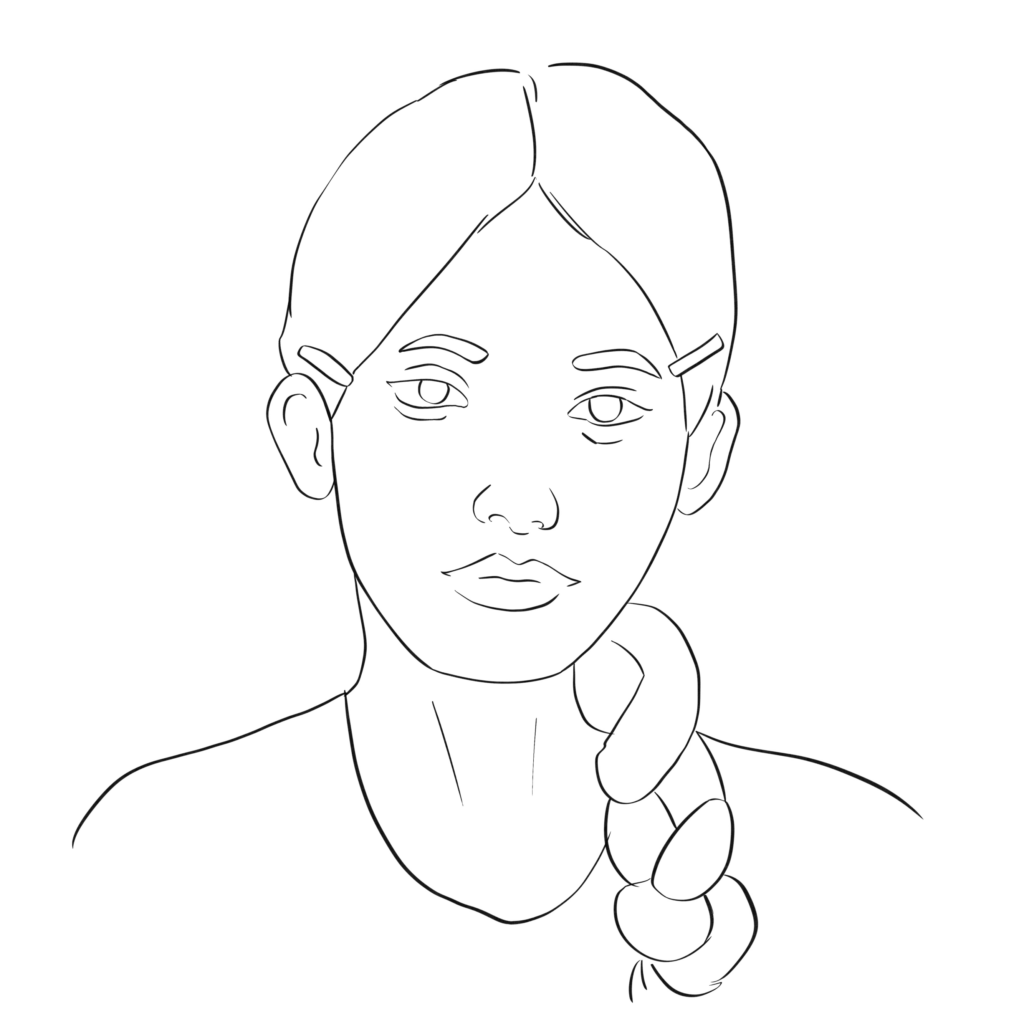
Tisha, 17, works in a khaja ghar (small neighbourhood restaurant) for up to 12 hours a day.

Rekha is a 17-year-old girl who works in a dance bar in Kathmandu.

Preeti is 14-year-old girl who works in a dohori (folk singing and dancing venue).
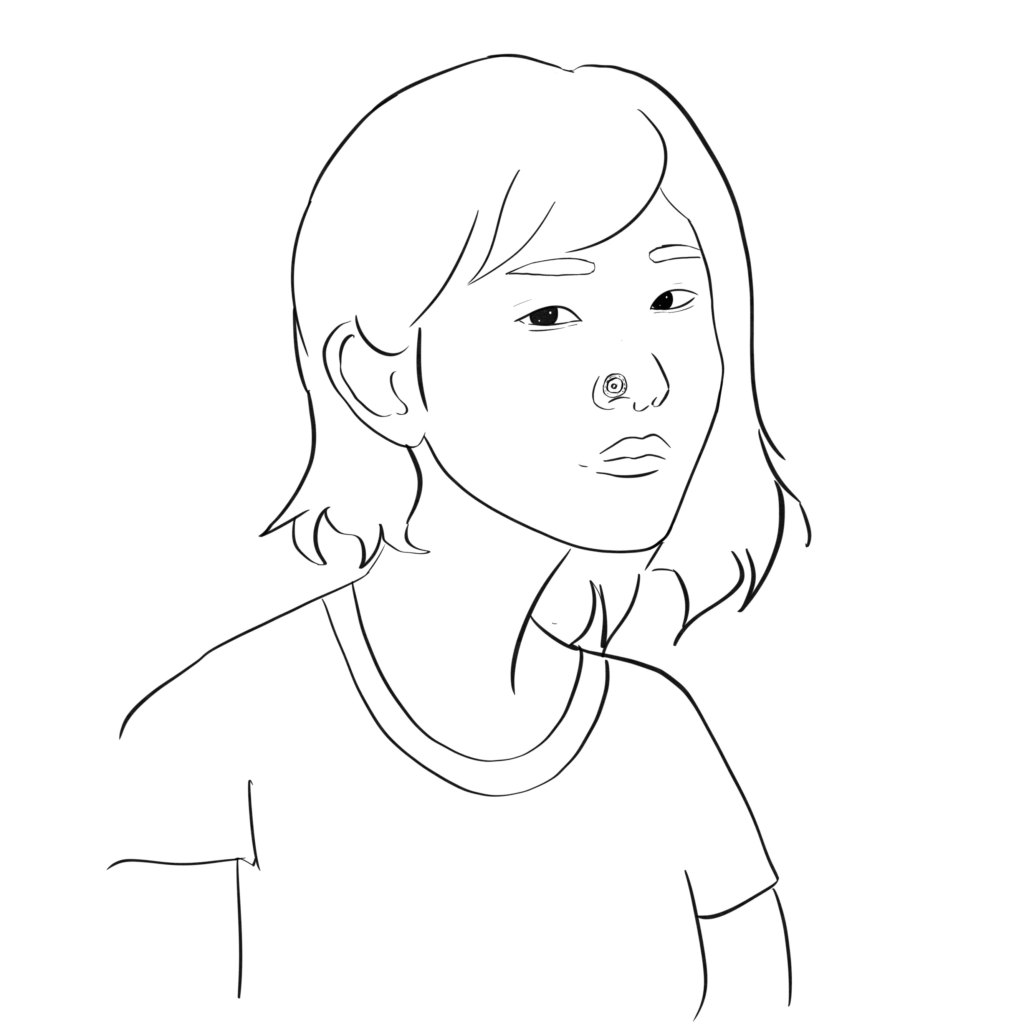
Yakthumma, 17, moved alone to Kathmandu to pursue a dream of playing the guitar, but currently she works for 12 hours a day in a massage venue.
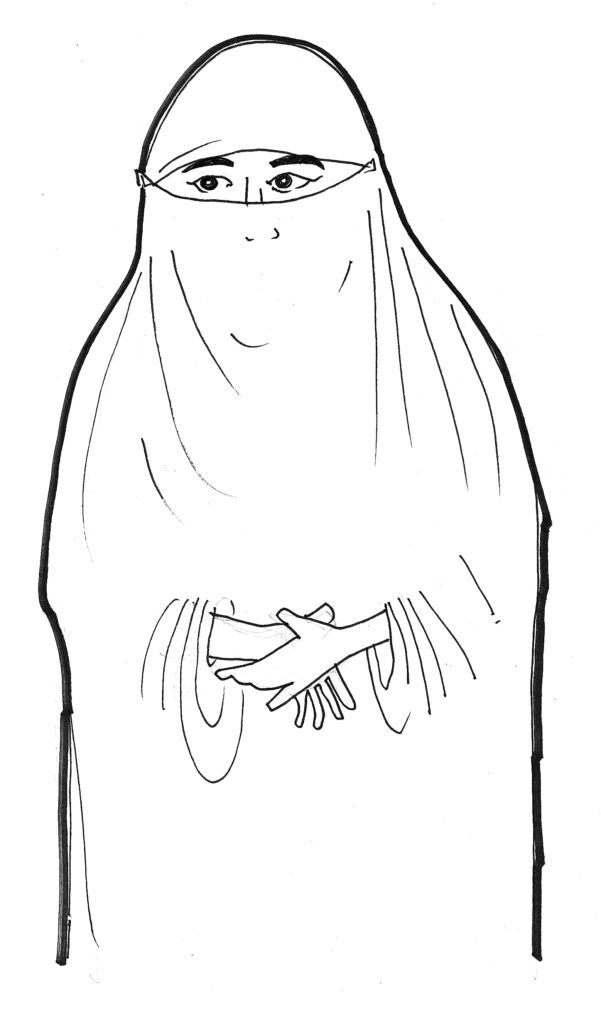
Chandra, 13, works in a garments factory to cover her family’s day to day living costs.
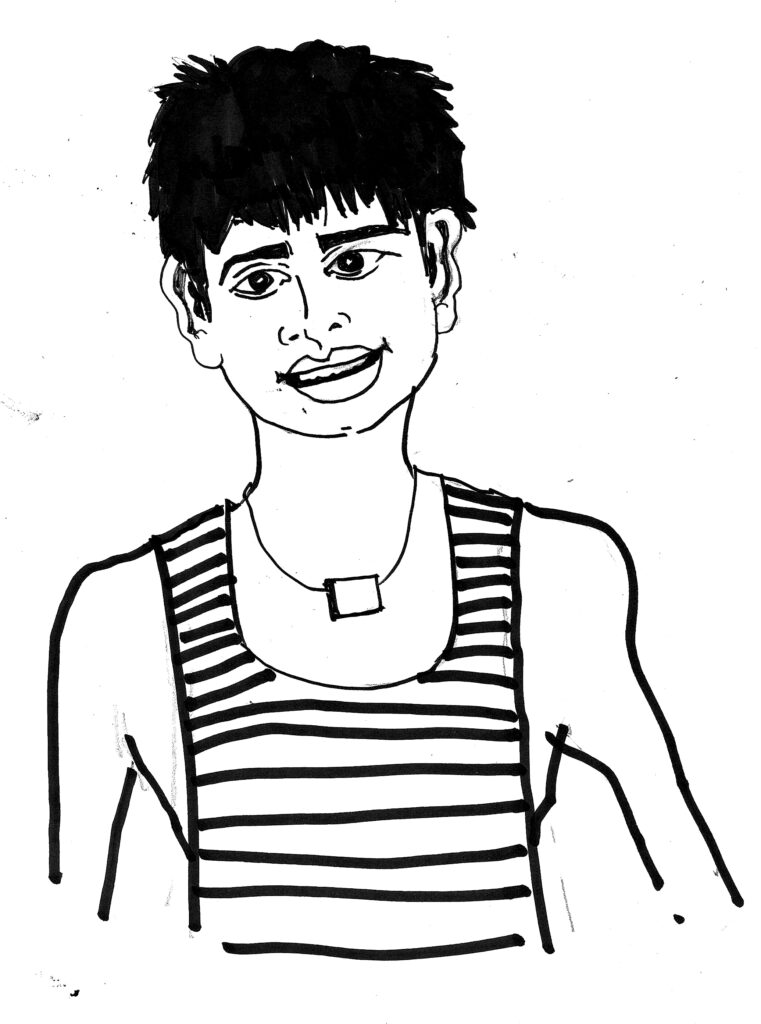
Shakib, 17, works long hours, six days a week and is put under a lot of pressure from his supervisors.

Sonju, 16, has been working since the age of nine as a helper in a factory.
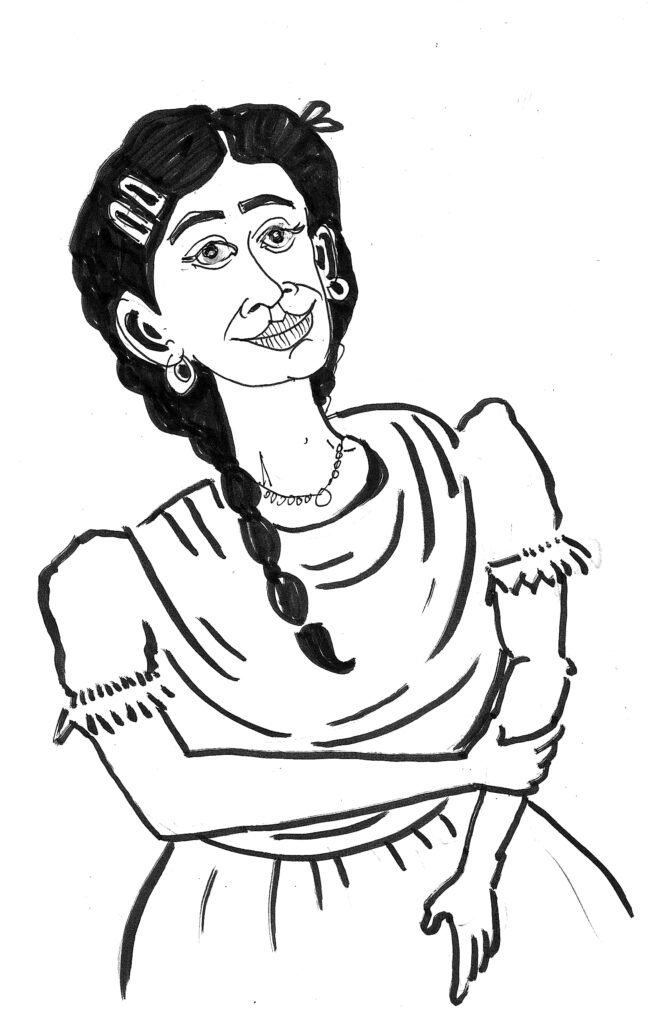
Asha, 17, works in a factory sewing leather bags. She has worked since she was 13.
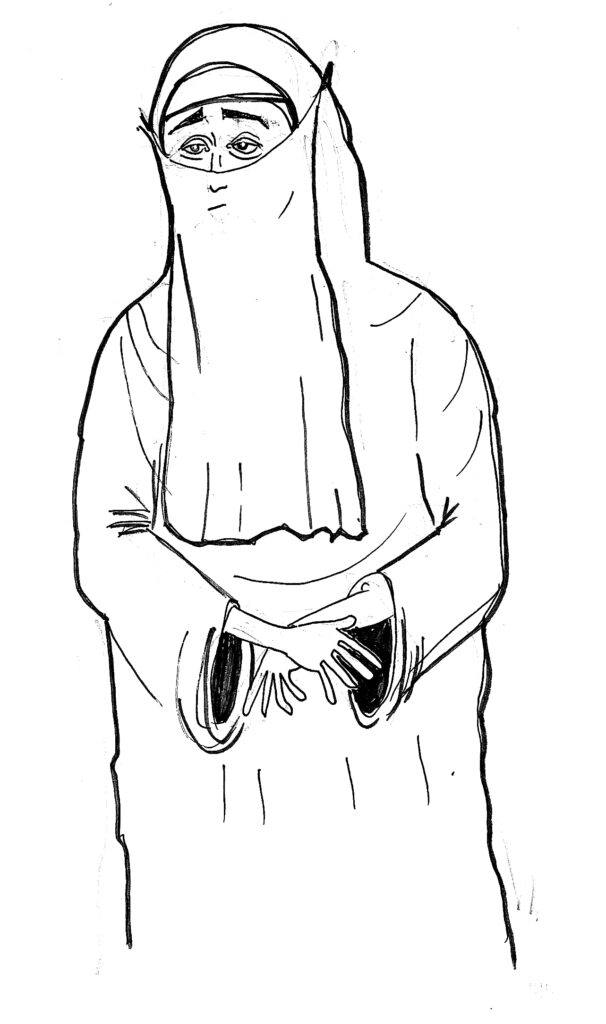
Kakoli, 13, works in a leather goods factory. She, like many of her colleagues, falsified her date of birth on her birth certificate in order to get her job.
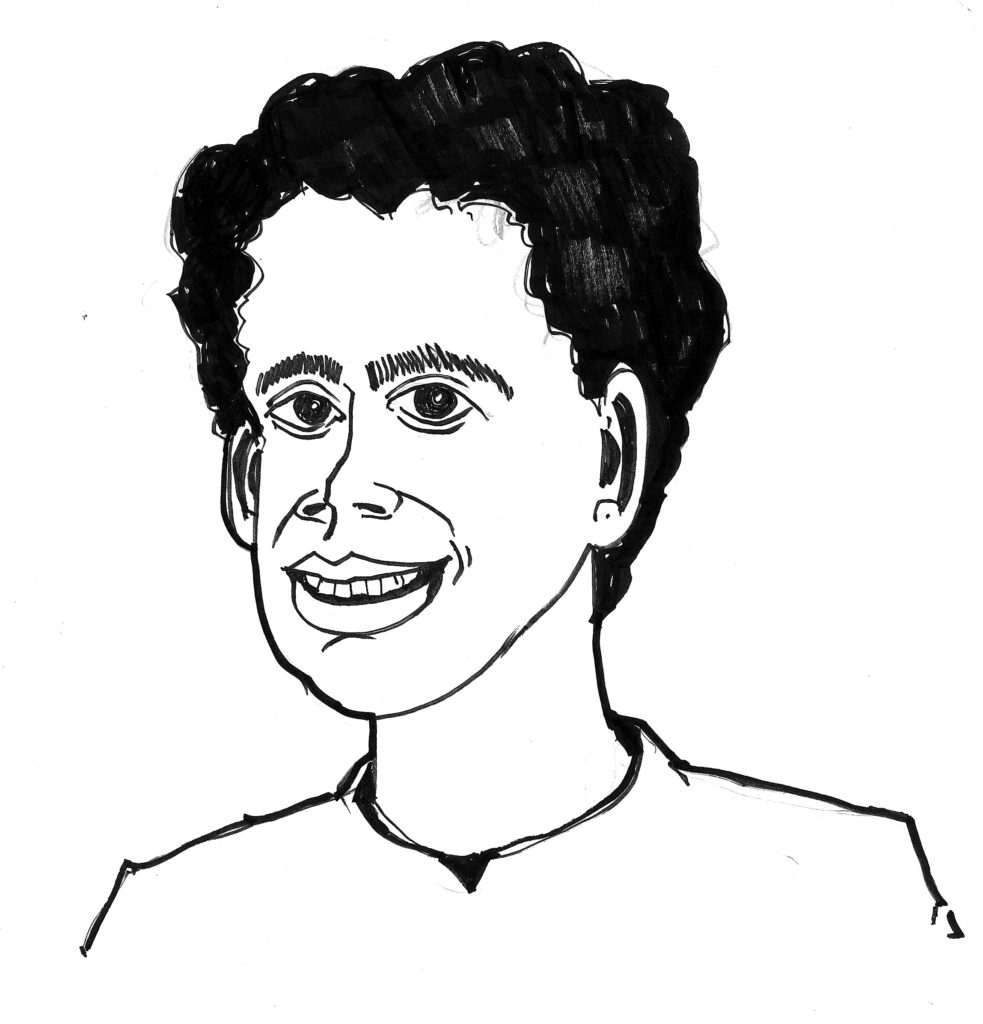
Ashnir, 15, combines work and studying.
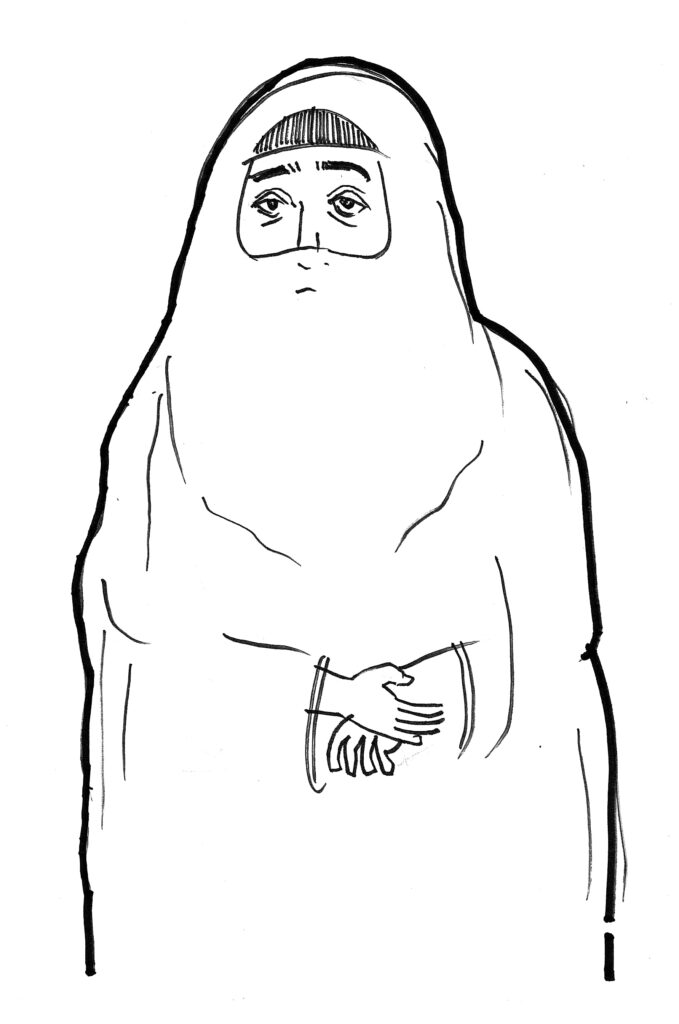
Marisha, 14, works in a shoe factory and often works well into the night. During busy periods she works seven days a week, and does not have a day off for weeks on end.
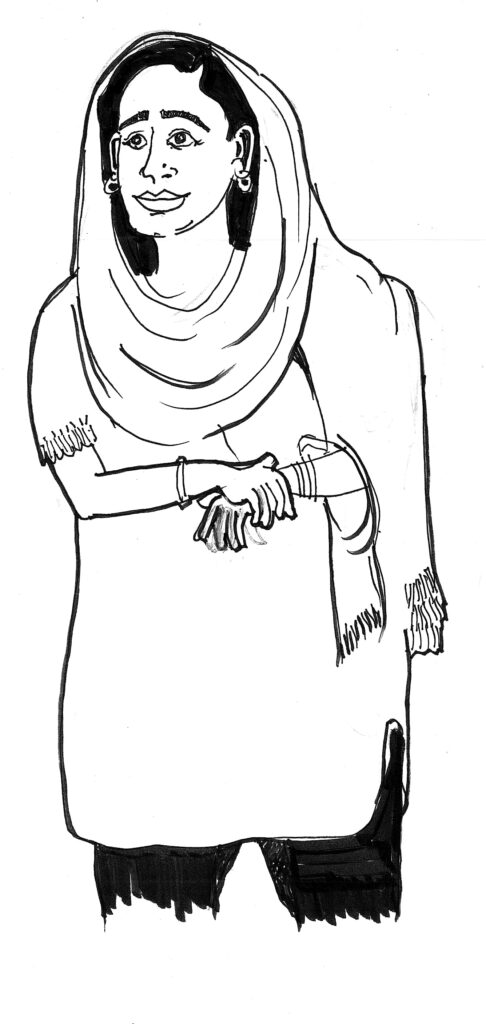
Ramina, 17, works in a leather factory. Her official working hours are 9am until 6pm but she must do overtime every single day.

Manali, 13, works long hours in a leather factory where she performs hazardous tasks, experiences constant pain and discomfort and is verbally abused by her employers.

Aftab, 13, is the breadwinner of his family, neither of his parents are employed.

Rina, 14, works 12 hours a day, six days a week in a factory, where she operates machinery and experiences a lot of pressure and verbal abuse from her employers.

Jacky, 17, works 11 hours a day in a shoe factory.

Jhilik, 16, left school five years ago, because her family’s debt meant that her parents needed her to work and earn money.

Fahima, 16, frequently works from 8am until 10pm in a leather factory. At peak periods she works through the night.
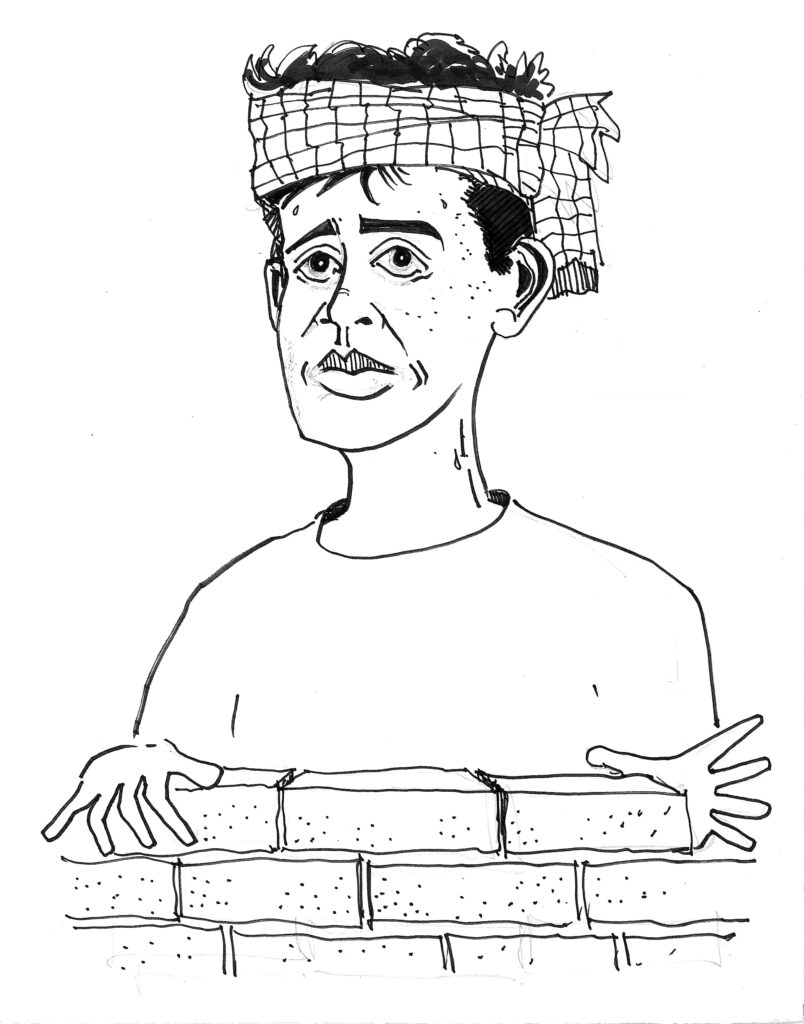
Raj, 16, works for 11 hours a day for less than US$5.
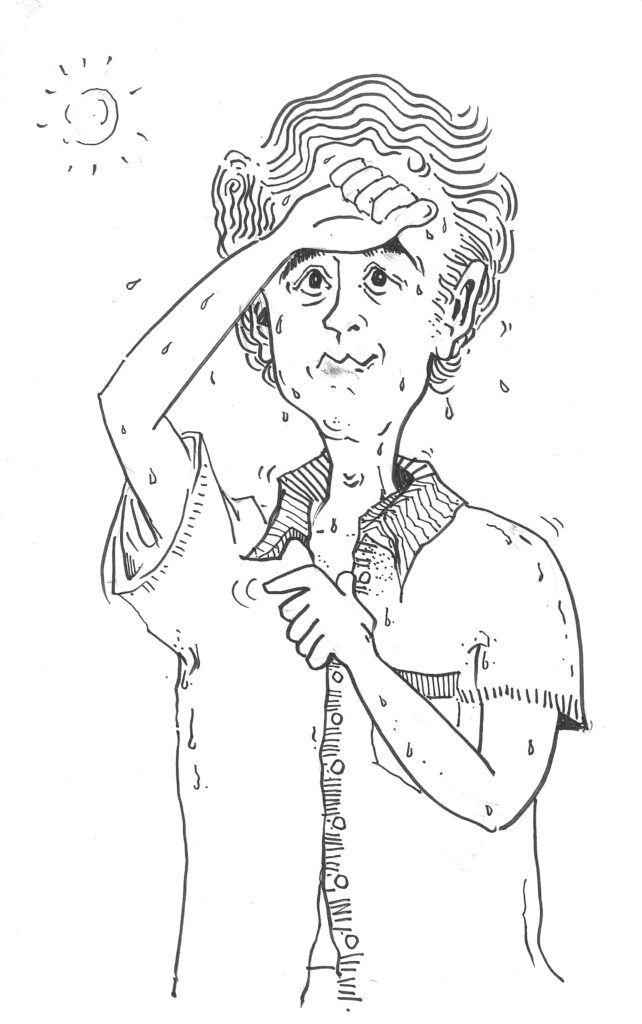
Sagir is a 14-year-old boy who works 11 hours a day carrying leather hides and pinning leather sheets to the ground to dry.

Aadya works all day in a small,
hot factory cutting leather into
gloves. Her hands throb with pain.
